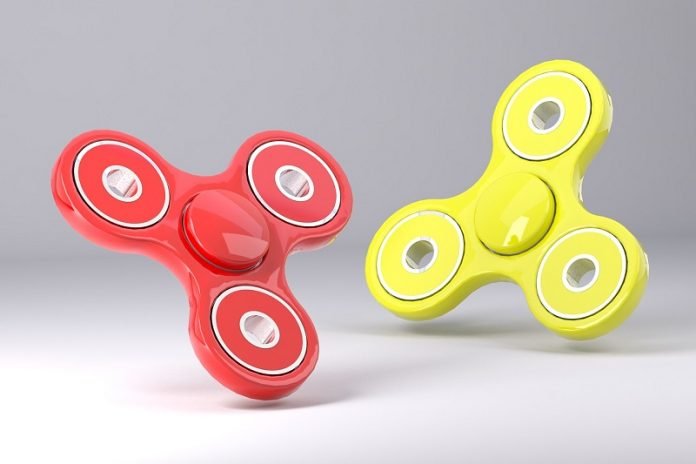
Autism is a neurological and developmental spectrum disorder that affects how children interact with others, communicate, and learn.
Many children with autism are not able to discern facial expressions and miss out on important cues in learning and socialization.
But in a new study from Stanford University, researchers found a therapy that included an at-home intervention with Google Glass could help improve autistic children’s social skills.
The research was conducted by a team from Stanford University Medical School.
Google Glass is a headset worn like eyeglasses that provide augmented reality on a miniature screen, with sound.
In the study, the team recruited 71 children between the ages of six and 12 who all had been enrolled in a program to treat autism.
They found that the smart system of eyewear and mobile-phone-based games could help these children understand emotions from facial expressions.
They used Google Glass’s built-in camera along with software customized to run on a smartphone as an intervention.
The intervention could be used by caregivers to communicate with their children at home to supplement clinic-based therapy.
The team chose Google Glass because it is lens-less, non-invasive, and peripheral—sitting off to the right side of view for the child.
The start device can keep children in their natural social world. Through this device, it is possible to teach children social skills.
In the Google Glass therapy, a camera in the device captures the facial expression of family members in the glasses’ field of view.
It reinforces what the child sees by providing an image and an audio prompt. It can help detect up to eight emotions: happy, sad, angry, scared, surprised, disgusted, “meh,” and neutral.
There are several play modes in the device:
“Find the smile” game: where the child is prompted to say something that prompts an expression in the family member’s face;
“Guess the emotion” game: where the family member asks the child to guess the emotion from the family member’s face;
Free play: which is an unstructured mode of identifying facial expressions.
The team suggests that the new therapy may reduce treatment cost and help children do treatment more easily at home.
They hope their new finding could help develop a wider array of available augmented reality wearables for treating autism.
The leader of the study is Dennis P. Wall, Ph.D., associate professor of Pediatrics, Psychiatry and Biomedical Data Sciences.
The study is published in JAMA Pediatrics.
Copyright © 2019 Knowridge Science Report. All rights reserved.



